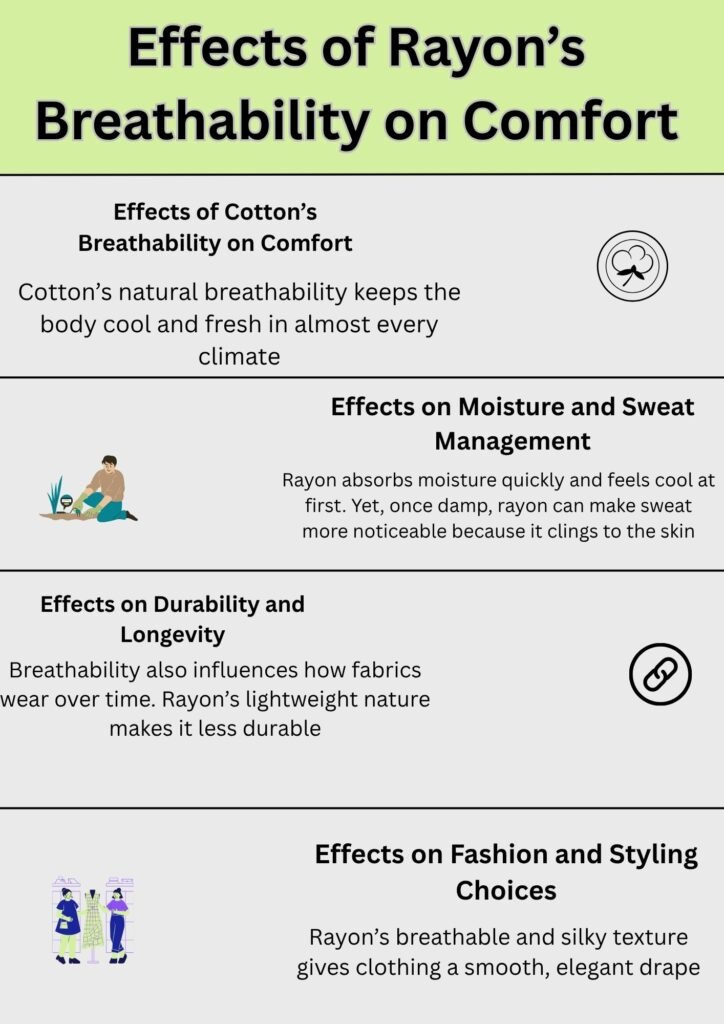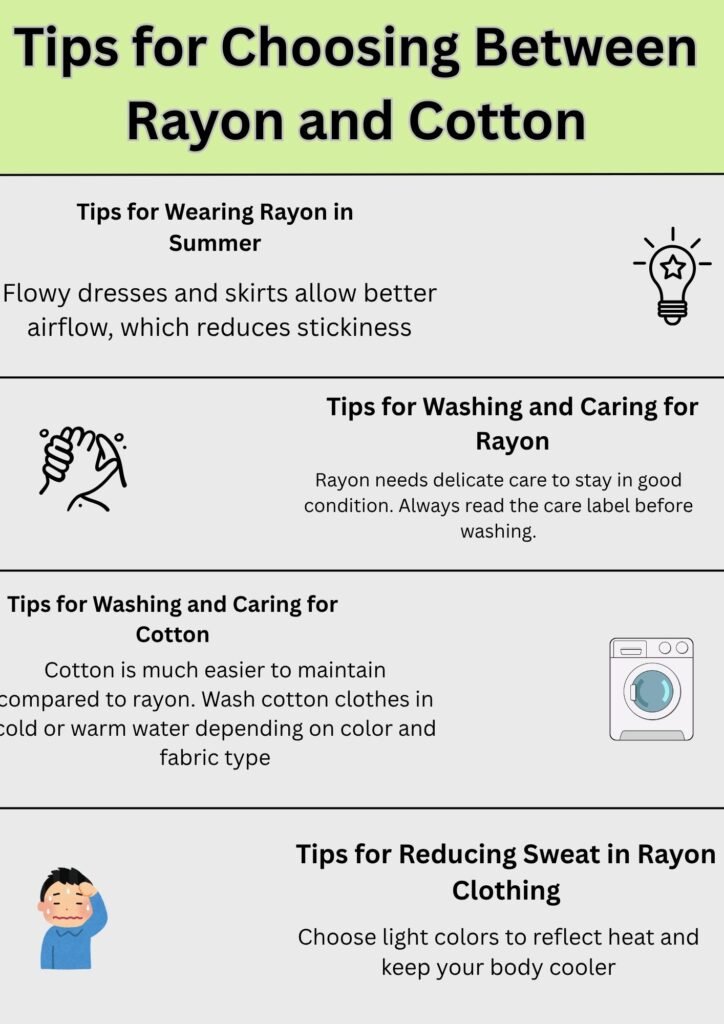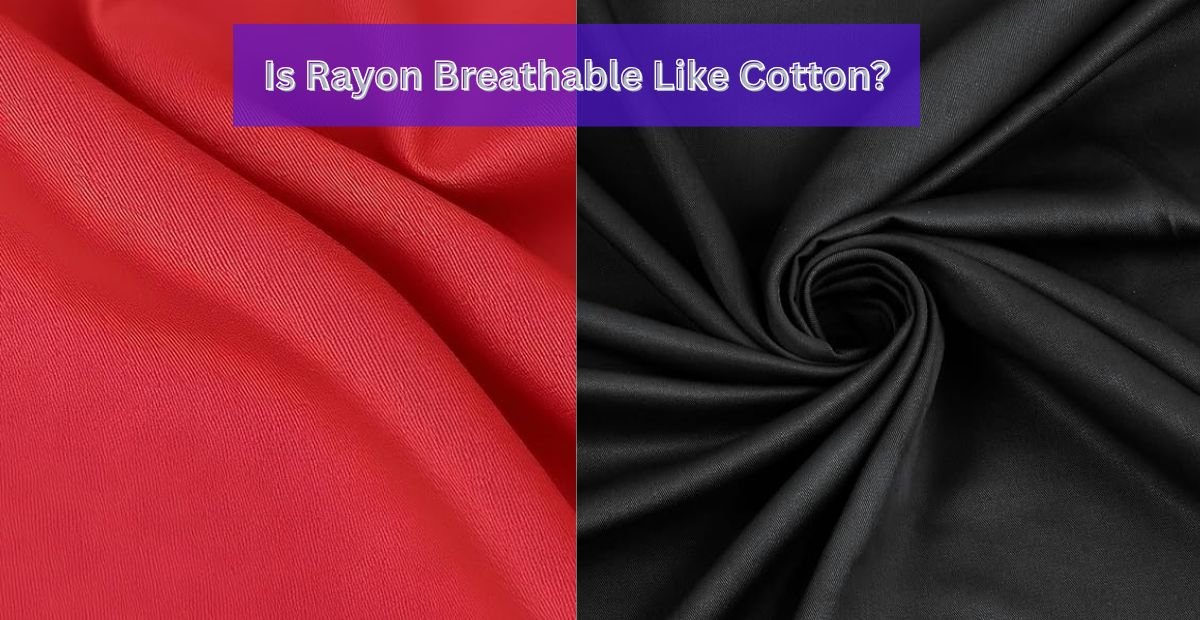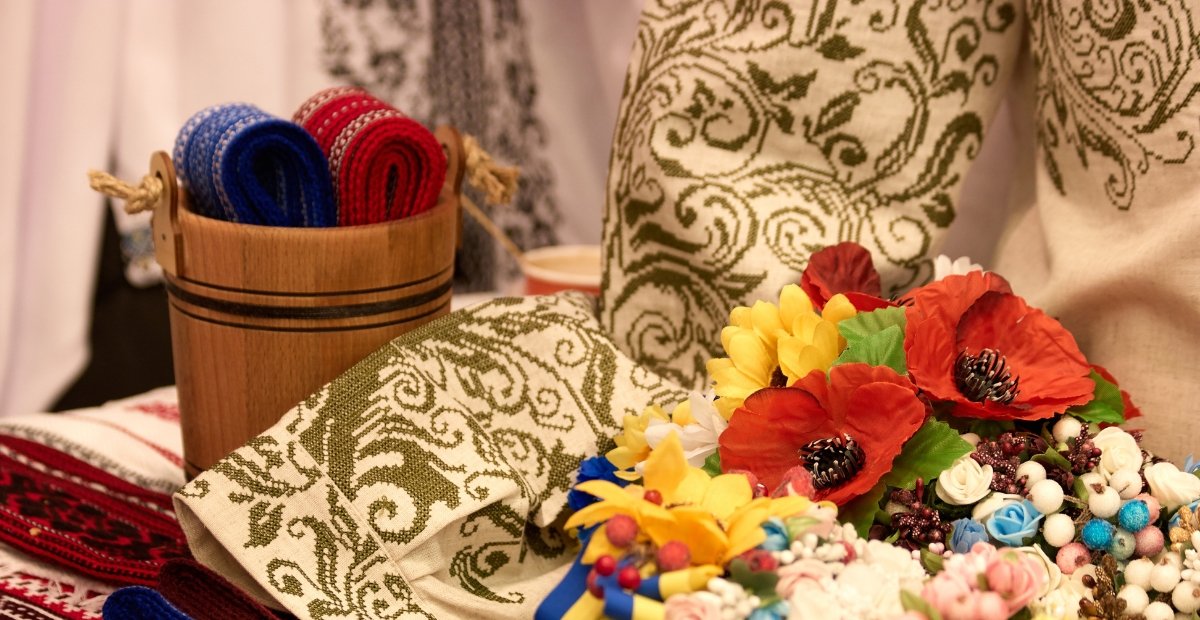Introduction
Rayon and cotton are the two cloths that people tend to compare when making choices of comfortable clothes. Cotton is a natural fiber that has been a popular one since ancient times whereas rayon is a semi-synthetic material produced out of wood pulp. They are both adopted commonly in fashion, bedding, and everyday wear.
Breathability is an important factor in fabric selection. It establishes the amount of air that moves through as well as the effectiveness with which a piece of clothing handles sweat. Clothing is sought out that is breathable, particularly in summer, sports, and damp conditions.Is Rayon Breathable Like Cotton?
This article discusses the question; is rayon breathable like cotton? We shall find out the advantages, disadvantages and applications by comparing their properties. You will also be able to understand the differences between them in terms of comfort, moisture control, durability and sustainability.
What does Breathability in Fabrics mean?
Breathability is the ease in which air passes through a fabric. A breathable fabric also permits the heat and moisture to move out of the body, keeping the user comfortable. This is particularly useful in hot weather or when one is exercising.
Fabric breathability is influenced by a number of factors. These are fiber structure, weave style and absorbency. Fabrics made of natural fibers such as cotton are free to pass air. In the meantime, the semi-synthetic or synthetic fibers differ in their manufacture.Is Rayon Breathable Like Cotton?
Breathable fabrics are popular amongst the consumers since they minimize the effects of sweat. They also avoid the clammy and wet sensation of having no air. That is why it is usual to use cotton, linen, and rayon to make the clothes in warm season.
Effects of Rayon’s Breathability on Comfort
Rayon’s breathability creates a light and cool sensation, which makes clothing comfortable in warm weather. Is Rayon Breathable Like Cotton?However, when exposed to humidity, rayon can cling to the body. This reduces comfort and may leave wearers feeling sticky. The effect of rayon’s semi-breathable nature is that it works best in dry heat but less effectively in tropical climates.

Effects of Cotton’s Breathability on Comfort
Cotton’s natural breathability keeps the body cool and fresh in almost every climate. Its fibers allow steady airflow, which prevents overheating. This effect makes cotton ideal for summer, sportswear, and daily clothing. Unlike rayon, cotton does not cling when wet, so it remains comfortable even in humid conditions.
Effects on Moisture and Sweat Management
Rayon absorbs moisture quickly and feels cool at first. Yet, once damp, rayon can make sweat more noticeable because it clings to the skin. Cotton absorbs sweat more evenly and holds it in its fibers. This effect allows cotton to keep the skin drier, though it takes longer to dry after washing.Is Rayon Breathable Like Cotton?
Effects on Durability and Longevity
Breathability also influences how fabrics wear over time. Rayon’s lightweight nature makes it less durable. Frequent washing, sweat exposure, and humidity can weaken its fibers. Cotton, however, retains strength even after heavy use. The effect of this difference is that cotton garments last longer and remain reliable for everyday wear.
Effects on Fashion and Styling Choices
Rayon’s breathable and silky texture gives clothing a smooth, elegant drape. This effect makes rayon a favorite in stylish, flowy garments like blouses and dresses. Cotton, on the other hand, creates a crisp and casual look, which is perfect for everyday wear. The contrast in breathability impacts how designers choose these fabrics in fashion trends.
Is Rayon breathable like Cotton?
Rayon is a natural cellulose fabric, which is chemically treated to make a soft fabric. Its semi synthetic structure makes it have a silky texture and good airflow. Rayon is lightweight and airy; thus it is a bit breathable to many people.
Cotton on the other hand is a natural fabric which also lets in a lot of air. It has an open construction that allows heat and moisture to get out of it easily.Is Rayon Breathable Like Cotton? This renders cotton as one of the most breathable materials.
So is rayon breathable as cotton? The answer is yes, albeit with some restrictions. Cotton is superior to rayon but it is breathable. The undyed natural structure of cotton can admit more air, and is more dependable in hot and humid weather.
Moisture Wicking / Sweat Absorption Rayon vs Cotton.
The breathability is not only served in regards to airflow but also in terms of the way a fabric treats moisture. Rayon is very absorbent, and can easily absorb sweat. This feature renders it cool to the skin. During rain, however, rayon is cling controls, and thus may be uncomfortable.Is Rayon Breathable Like Cotton?
Cotton too takes up moisture but in the other manner. It evaporates sweat off of the body, making the skin drier. Cotton however, requires more time to dry and therefore, wetness can remain longer.
In comparison of speed of drying, rayon dries quicker than cotton due to the light structure. Nevertheless, cotton is still the choice of cloth to wear without being sticky when dealing with perspiration.
Comfort in Hot & Humid Weather
Rayon is also commonly used in dresses and blouses used in summer as it feels light. It is cozy in medium temperature and gives an airy effect.Is Rayon Breathable Like Cotton? However, when it is very humid, rayon can become sticky to the skin. This is not the best stickiness in tropical climates.
When hot weather comes, cotton is the preferred one. It is a good one to use on T-shirts, bedding, and casual clothing because it can breath and absorb the sweat. Cotton does not tend to stick to the skin, even during a humid climate, so it is more trustworthy.
Rayon may also be useful in winter since it is warm to wear. Cotton is however flexible all the seasons because of its natural qualities.
Maintenance Factor Durability Factor.
Cotton is usually superior to rayon, in terms of durability. Cotton fibers very strong and do not ruin after washing. When well taken care of, cotton clothes may serve years.
Rayon is the one that is more delicate, though. Otherwise, it will become smaller, longer or lose its form. Rayon can be washed or dry cleaned frequently. Its fibers are weaker hence less durable in the long run.
Maintenance is also different in the two. Cotton is machine-washable and low-maintenance although rayon requires special care. This aspect renders cotton more convenient in our daily lives.Is Rayon Breathable Like Cotton?
Tips for Choosing Between Rayon and Cotton
When deciding between rayon and cotton, always consider the climate.Is Rayon Breathable Like Cotton? Cotton works best in hot and humid areas because it stays breathable and absorbs sweat effectively. Rayon is a great choice for moderate temperatures or when you want clothing with a smooth, elegant drape. Matching fabric choice with your environment ensures maximum comfort.

Tips for Wearing Rayon in Summer
If you want to wear rayon in summer, choose loose-fitting clothes. Flowy dresses and skirts allow better airflow, which reduces stickiness. Avoid very tight rayon outfits in humid conditions, as they can cling when damp. Pairing rayon garments with light cotton layers also increases comfort.
Tips for Washing and Caring for Rayon
Rayon needs delicate care to stay in good condition. Always read the care label before washing. Handwashing or using a gentle machine cycle with cold water is safest.Is Rayon Breathable Like Cotton? Avoid wringing rayon clothes, as this can damage fibers. Lay them flat or hang them carefully to dry instead of using a dryer.
Tips for Washing and Caring for Cotton
Cotton is much easier to maintain compared to rayon. Wash cotton clothes in cold or warm water depending on color and fabric type. Use mild detergent and avoid heavy bleach to preserve softness. Cotton can usually handle tumble drying, but removing it early prevents wrinkles and shrinkage.Is Rayon Breathable Like Cotton?
Tips for Reducing Sweat in Rayon Clothing
Since rayon can cling when wet, plan ahead to reduce sweat discomfort. Choose light colors to reflect heat and keep your body cooler. Wear undershirts or inner cotton layers to absorb extra moisture. Stick to loose silhouettes like blouses and maxi dresses instead of tight outfits.
Sustainability and Friendliness to the environment.
Cotton is a natural biodegradable cloth. Nevertheless, traditional cotton production consumes water and pesticides in huge quantities. Organic cotton is a greener choice and has more eco-friendly advantages.
Although it is made of natural wood pulp, rayon is processed in a heavy manner.Is Rayon Breathable Like Cotton? Unless produced in a responsible manner, the production may harm the environment. Conventional rayon is hence not as sustainable as cotton.
However, the more recent versions of rayon, including modal and lyocell, are greener.Is Rayon Breathable Like Cotton? They have closed loop processes which are capable of recycling water and chemicals and as such, are a greener option.
Use Cases & Fashion Trends
Rayon is also mostly applied in fluid, fashionable attire. Rayon is frequently used in dresses, skirts, and blouses due to the way it drapes and the soft feel. Summer fashion is also a popular use of it due to the coolness it feels like.
Cotton is the fabric of choice when one wants to wear something casual such as T-shirts, jeans and underwear. It is also leading in terms of bedding and towels due to its softness and longevity. Due to its capabilities, cotton is used in nearly any kind of clothing.
Rayon/cotton combinations are on the increase.Is Rayon Breathable Like Cotton? These blends are mixtures of the durability of cotton and the softness of rayon to produce fabrics that are comfortable and long lasting.
Pros and Cons of Rayon vs Cotton (Table Format)
| Feature | Rayon | Cotton |
| Breathability | Breathable but less than cotton | Excellent airflow and breathability |
| Moisture Handling | Absorbs moisture, dries faster, clings wet | Absorbs sweat, slower drying, less cling |
| Comfort in Heat | Cool but sticky in humidity | Best choice for hot climates |
| Durability | Delicate, weaker fibers | Strong, long-lasting |
| Maintenance | Needs gentle washing or dry cleaning | Easy to wash and maintain |
| Eco-Friendliness | Semi-sustainable, chemical processing | Natural and biodegradable |
Conclusion
So, is rayon breathable like cotton? The answer is yes, but only to a certain extent. Rayon is breathable and lightweight, but cotton outperforms it in overall comfort and airflow. Cotton is the safer choice for hot and humid weather, while rayon works well for stylish, flowy outfits.
Both fabrics have their strengths and weaknesses. Cotton wins in durability, maintenance, and breathability. Rayon shines in softness, drape, and lightweight comfort.Is Rayon Breathable Like Cotton? The best choice depends on personal preference and intended use.Is Rayon Breathable Like Cotton?
For a balance of both, blended fabrics offer an excellent solution. This way, you get the cool softness of rayon with the durability of cotton.
FAQs
Is rayon more breathable than polyester?
Yes, rayon is more breathable than polyester. Polyester traps heat, while rayon allows better airflow.
Is rayon good for summer?
Rayon is good for summer because it feels light and cool. However, it may feel sticky in humidity.
Does rayon make you sweat?
Rayon absorbs sweat quickly, but it may cling when wet. This can make some people feel sweaty.
Is rayon cooler than cotton?
Rayon feels cooler to the touch, but cotton is more breathable in long-term wear.
Which is softer: rayon or cotton?
Rayon is softer and silkier, while cotton feels natural and smooth. Both are comfortable in their own way.



